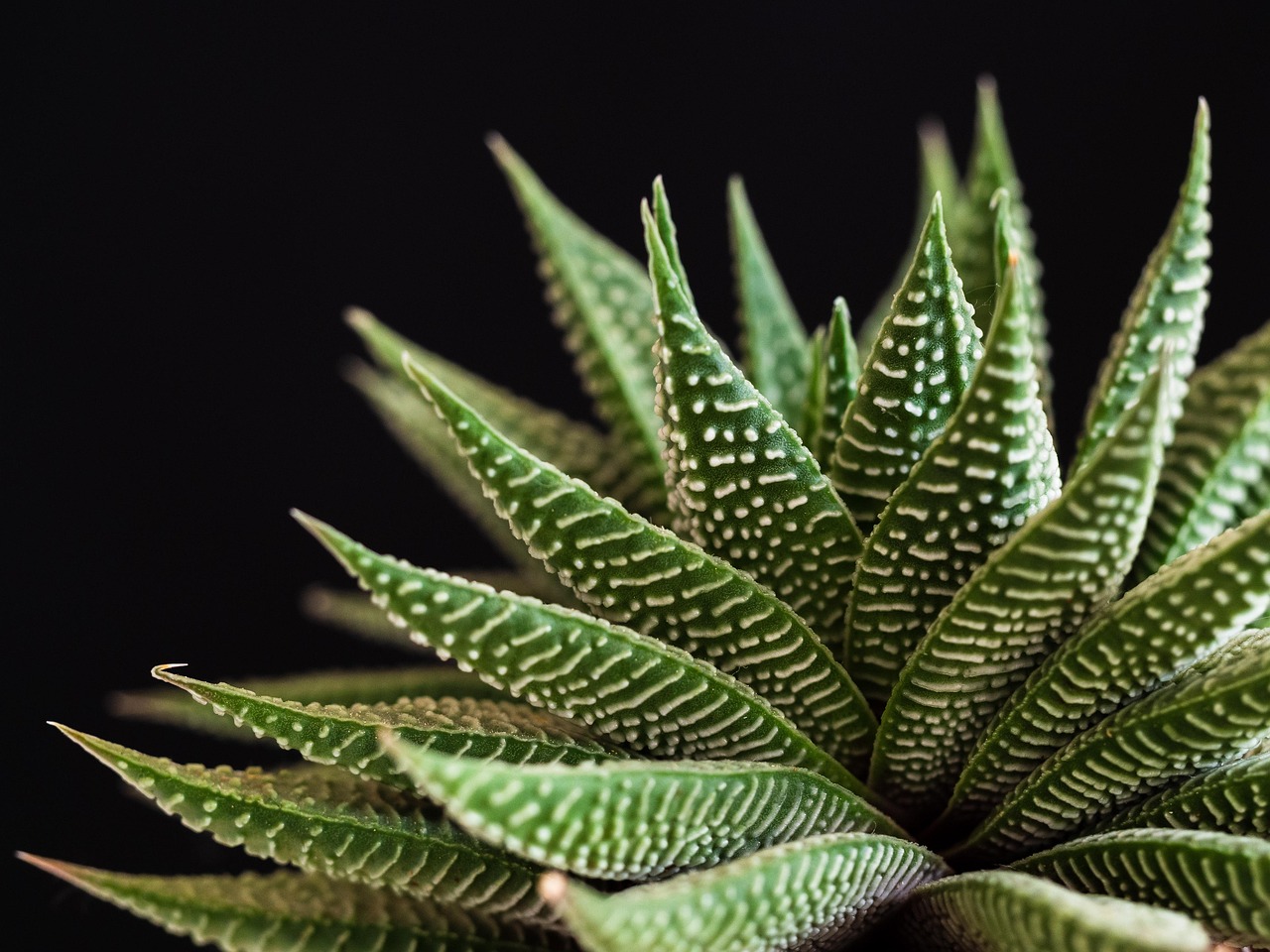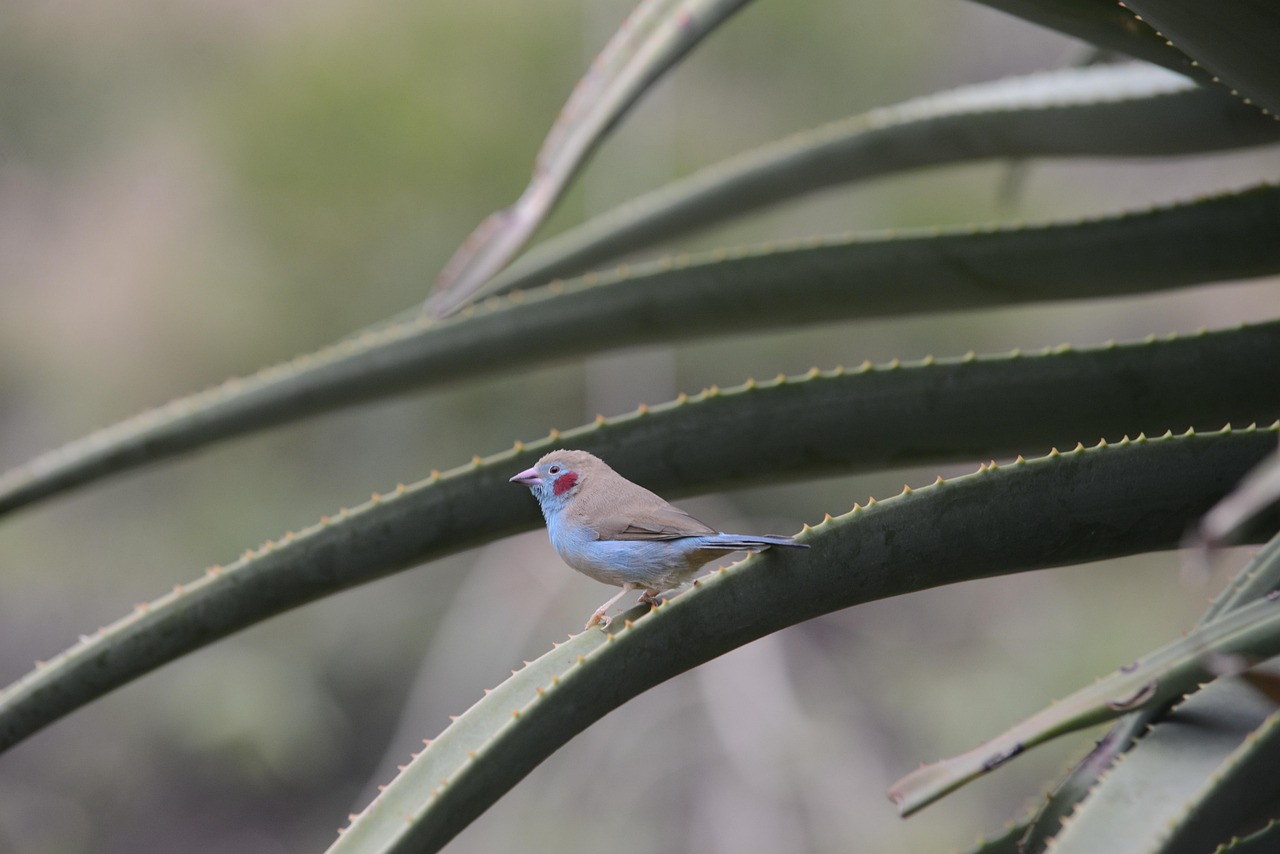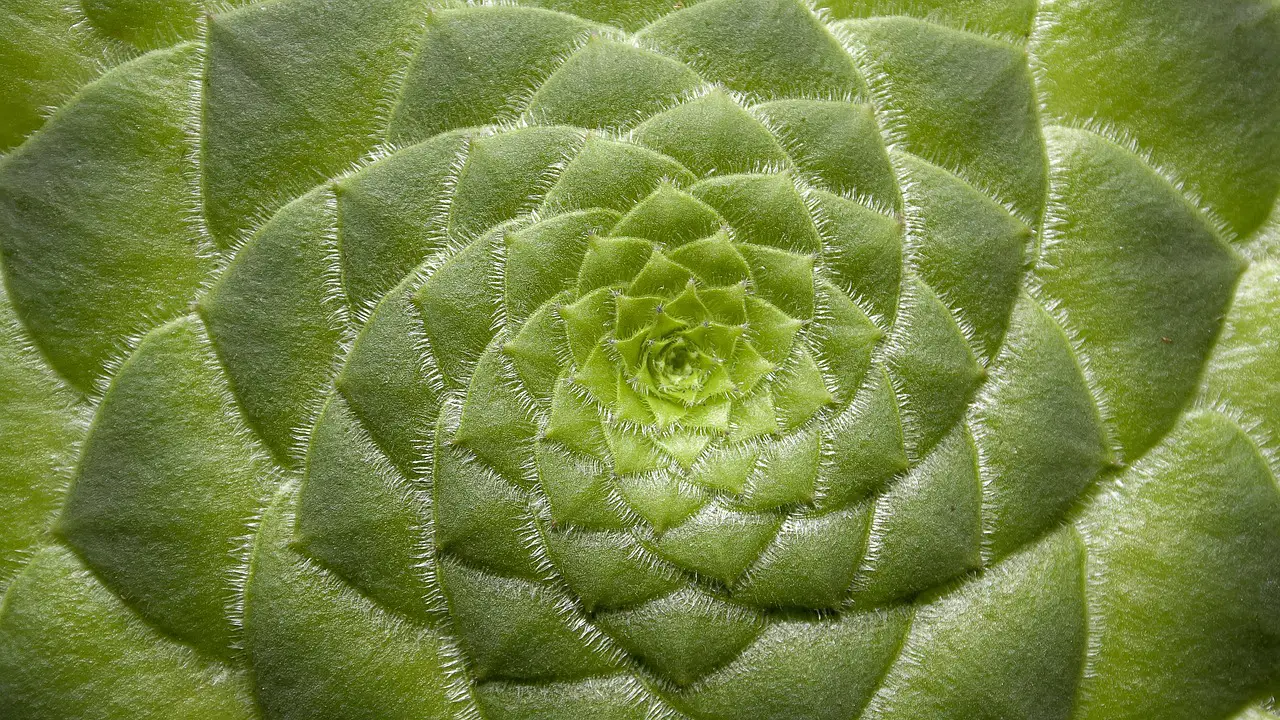Succulents are popular houseplants known for their unique shapes and vibrant colors. Mastering succulent care can bring life and beauty to any indoor or outdoor space. This ultimate beginner’s guide will help you understand the essentials of keeping these hardy plants thriving.
Succulents belong to a diverse group of plants that store water in their leaves, stems, or roots. This adaptation allows them to survive in arid conditions, making them ideal for novice gardeners. With a few simple guidelines, anyone can cultivate healthy succulents and enjoy their many benefits.

One of the most appealing aspects of succulents is their wide variety. They come in numerous shapes, sizes, and colors, making them a versatile choice for any plant enthusiast. Some popular types include:
- Aloe Vera: Known for its medicinal properties, aloe vera is also an attractive succulent.
- Echeveria: This rosette-shaped succulent boasts vibrant colors and various species.
- Haworthia: A small succulent with unique leaf patterns that thrive in low light.
- Jade Plant: A popular indoor plant symbolizing good luck.
Understanding the basic needs of succulents is essential for their care. They require specific conditions to flourish, including appropriate soil, light, water, and temperature. Below is a table summarizing these key care requirements.
| Care Aspect | Requirement |
|---|---|
| Soil | Well-draining soil, preferably cactus mix |
| Light | Bright, indirect sunlight or full sunlight depending on the species |
| Water | Water when the soil is dry, typically every 1-3 weeks |
| Temperature | Optimal temperature ranges from 60°F to 80°F (15°C to 27°C) |
Choosing the Right Succulent
When starting your succulent collection, it is vital to choose varieties that suit your environment and skill level. Certain succulents are more forgiving for beginners. For instance, jade plants and aloe vera are resilient and adapt well to various conditions.
Consider your available space and the amount of light it receives throughout the day. If you have a bright windowsill, many succulents will thrive there. Conversely, if your home has lower light levels, look for species that can tolerate shade or indirect light.
Additionally, pay attention to the potting options available. Succulents often do best when planted in pots with drainage holes. These holes allow excess water to escape, preventing root rot—one of the most common issues faced by succulent owners.
As you embark on your journey into succulent care, remember that patience is key. Observing how your plants respond to their environment will help you make necessary adjustments. With time and practice, you will become skilled at nurturing these beautiful plants.
Understanding Soil Requirements
The right soil is crucial for the health of your succulents. Unlike traditional houseplants, succulents require well-draining soil to thrive. Using the appropriate soil mix helps prevent water retention, which can lead to root rot.
There are several options for succulent soil that you can consider:
- Cactus Mix: This is specially formulated to ensure excellent drainage. It often contains sand or perlite to improve aeration.
- DIY Mix: You can create your own succulent soil by combining potting soil, coarse sand, and perlite in a 2:1:1 ratio.
- Organic Options: If you prefer an organic approach, look for mixes that include natural ingredients like coconut coir or peat moss.
When selecting a soil mix, consider the specific needs of your succulent species. Some may thrive in a more acidic blend, while others prefer alkaline conditions. It’s essential to research your specific plant varieties to ensure optimal growth.
Watering Techniques for Succulents

Watering succulents can be tricky. Overwatering is a common mistake among beginners. It is vital to learn the proper techniques for providing just the right amount of moisture.
General Watering Guidelines
The following guidelines will help you establish a successful watering routine:
- Check the Soil: Always test the soil moisture before watering. Stick your finger about an inch into the soil; if it feels dry, it’s time to water.
- Water Deeply: When you do water, ensure you soak the soil thoroughly. Allow excess water to drain out of the bottom of the pot.
- Avoid Watering Leaves: Water the soil directly rather than wetting the leaves. Wet leaves can lead to rot and fungal issues.
- Adjust Seasonally: During the growing season (spring and summer), succulents may need more frequent watering. In contrast, reduce watering in fall and winter.
Signs of Overwatering
Recognizing the signs of overwatering is essential for maintaining healthy succulents. Look for these indicators:
- Yellowing Leaves: Leaves turning yellow may indicate root rot due to excessive moisture.
- Mushy Leaves: Soft or mushy leaves often signal that the plant is sitting in too much water.
- Foul Odor: A rotten smell from the pot may suggest decaying roots.
Lighting Needs for Succulents

Lighting is another critical factor affecting succulent health. Understanding how much light your plants need will directly impact their growth and appearance.
Most succulents thrive in bright, indirect sunlight. However, some varieties can handle direct sunlight. Here are a few tips for providing adequate light:
- Location Matters: Place your succulents near windows where they can receive plenty of light without being scorched.
- Rotate Regularly: To promote even growth, rotate your pots every few weeks to ensure all sides receive equal light exposure.
- Monitor Growth: If your succulent stretches toward the light or becomes leggy, it may not be getting enough light.
If natural light is limited in your home, consider using grow lights to supplement the lighting needs of your succulents. These lights can provide the necessary spectrum for healthy growth.
With a solid understanding of soil, watering techniques, and lighting needs, you are well on your way to mastering succulent care. Each aspect plays a vital role in ensuring your plants thrive and flourish in their environment.
Fertilizing Your Succulents
While succulents are known for their low-maintenance nature, providing the right nutrients can significantly enhance their growth and overall health. Fertilizing your succulents correctly can lead to vibrant colors and robust plants.

When to Fertilize
Succulents generally require fertilization during their active growing season, which typically occurs in spring and summer. During this time, plants utilize nutrients to promote new growth and flowering. Here are some guidelines for fertilizing:
- Frequency: Fertilize approximately once a month during the growing season.
- Type of Fertilizer: Use a balanced, water-soluble fertilizer diluted to half-strength to avoid overwhelming the plants.
- Stop in Fall: Cease fertilization in the fall as succulents enter their dormant phase.
Types of Fertilizers
There are various types of fertilizers suitable for succulents:
- Cactus Fertilizer: Specifically formulated for cacti and succulents, this type provides essential nutrients without causing overgrowth.
- Organic Options: Organic fertilizers, such as worm castings or compost tea, can be beneficial and promote healthy soil biology.
- Liquid Fertilizers: These are easily absorbed and can be mixed with water for quick nutrient delivery.
Pest Management for Succulents
Even hardy succulents can fall victim to pests. Being vigilant about pest management is crucial for maintaining plant health. Common pests that may infest succulents include mealybugs, aphids, and spider mites.
Identifying Pests
Recognizing the signs of a pest infestation early can prevent further damage. Look for these indicators:
- Sticky Residue: A sticky substance, often referred to as honeydew, is a sign of aphids or mealybugs.
- Webbing: Fine webs on the plant indicate a spider mite infestation.
- Distorted Leaves: Leaves that are curling or distorted may suggest pest activity.
Treatment Options
If you discover pests on your succulents, several treatment options are available:
- Manual Removal: For small infestations, removing pests by hand with a cotton swab dipped in rubbing alcohol can be effective.
- Pest Control Sprays: Insecticidal soap or neem oil can treat infestations. Apply these products according to the manufacturer’s instructions.
- Isolation: If you notice a pest-infested plant, isolate it from your other plants to prevent spreading.
Repotting Succulents
Repotting is an essential aspect of succulent care that may be necessary as your plants grow. Repotting helps refresh the soil, provides more room for growth, and ensures that your plants have adequate drainage.
Signs It’s Time to Repot
A few signs indicate that your succulent needs repotting:
- Root Bound: If you see roots growing through the drainage holes or circling the top of the soil, it’s time to repot.
- Soil Degradation: Soil that has become compacted or depleted of nutrients may need replacing.
- Pest Infestation: If pests are prevalent in the soil, repotting can help eliminate them.
How to Repot Succulents
The process of repotting succulents involves a few simple steps:
- Select a New Pot: Choose a pot one size larger than the current one, ensuring it has drainage holes.
- Add Fresh Soil: Fill the new pot with fresh, well-draining soil suitable for succulents.
- Remove the Plant: Carefully take the succulent out of its old pot, gently loosening any tightly bound roots.
- Place in New Pot: Position the plant in the center of the new pot and fill in around it with soil, ensuring it is secure but not too compacted.
Repotting your succulents can rejuvenate their growth and ensure they have the best conditions for thriving in your care.
Common Succulent Issues and Solutions
Even with the best care, succulents can encounter various challenges. Being aware of common issues and knowing how to address them is crucial for maintaining healthy plants. Here are some frequent problems and their solutions:
Leaf Drop
Leaf drop can occur in succulents for several reasons. It may indicate overwatering or that the plant is not receiving enough light. To address this:
- Adjust Watering: Ensure you are not watering too frequently. Check the soil moisture before watering.
- Increase Light Exposure: Move the plant to a brighter location to improve light access.
Root Rot
Root rot is a serious issue that can be caused by overwatering or poor drainage. If you suspect root rot:
- Inspect Roots: Remove the plant from its pot and examine the roots. Healthy roots should be firm and white, while rotten roots will be mushy and dark.
- Trim Affected Roots: Cut away any rotten roots with sterilized scissors and repot the plant in fresh soil.
Etiolation
Etiolation occurs when a succulent stretches toward a light source, causing it to become leggy and lose its compact appearance. To combat etiolation:
- Provide More Light: Ensure your succulent receives adequate light by moving it closer to a window or using grow lights.
- Prune Leggy Growth: Trim back the elongated stems to encourage new growth.
Creative Ways to Display Succulents
Succulents are not only beautiful but also versatile in how they can be displayed. Here are some creative ideas for showcasing your plants:
- Terrariums: Create a miniature garden in a glass container filled with your favorite succulents, rocks, and decorative elements.
- Vertical Gardens: Use wall-mounted planters or pockets to create a living wall filled with various succulent types.
- Hanging Planters: Suspend planters from the ceiling or walls to add dimension and visual interest to your space.
- Succulent Arrangements: Combine different succulent varieties in a single pot for a vibrant display.
Final Thoughts
Caring for succulents can be a rewarding experience, whether you’re a beginner or have some experience. By understanding their specific needs regarding soil, watering, light, and fertilization, you set the foundation for healthy plants. Regular monitoring and addressing potential issues promptly will keep your succulents thriving.
The beauty of succulents lies not only in their low-maintenance nature but also in their adaptability. With creativity, you can incorporate them into your home decor in unique ways that reflect your personal style.
As you continue your journey in succulent care, remember that patience is key. Each plant has its own personality, and learning how to meet their needs will lead to a flourishing collection that brings joy and beauty to your surroundings.
With this ultimate beginner’s guide at your disposal, you now have the tools and knowledge necessary to master succulent care. Enjoy nurturing your plants and watching them grow!
